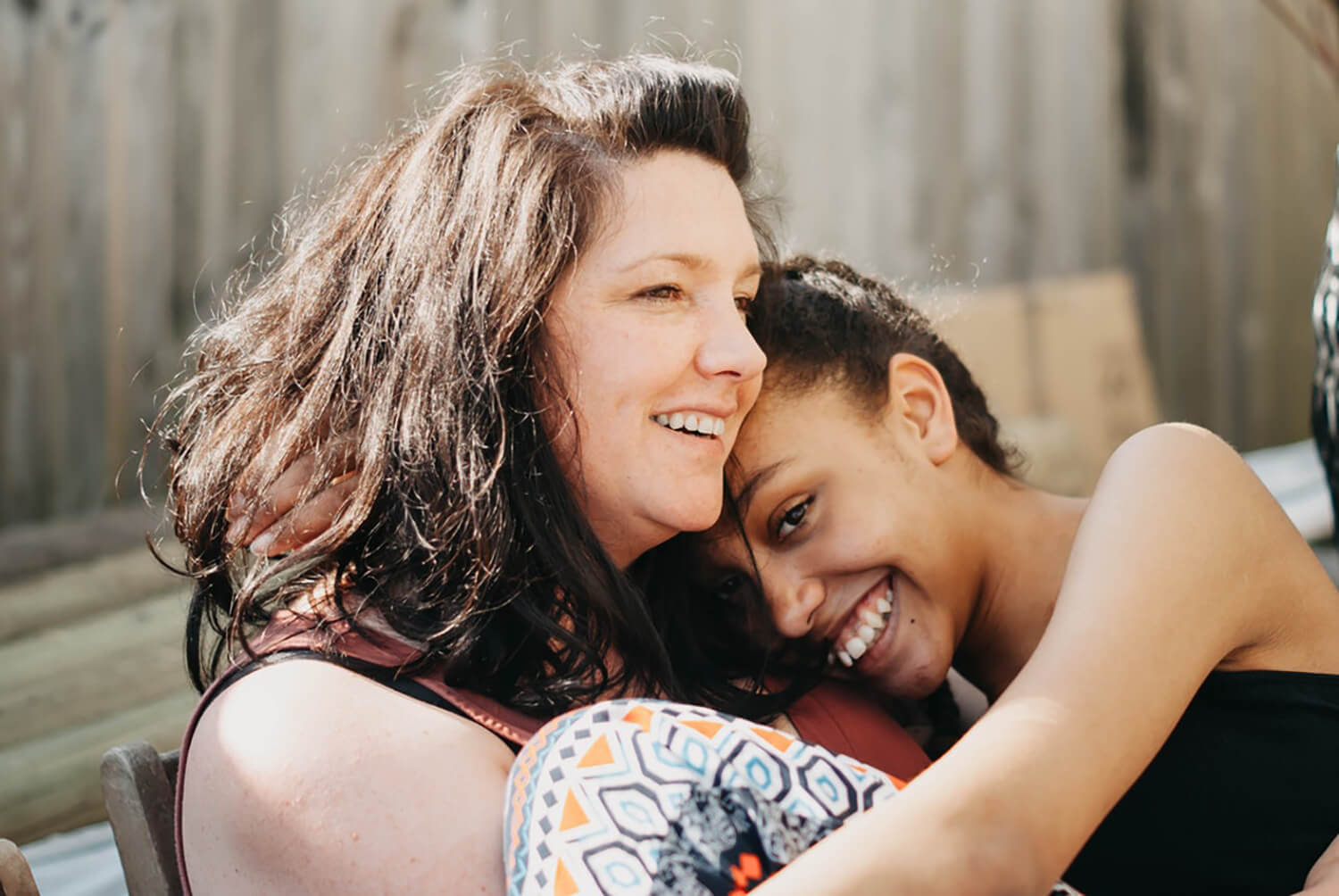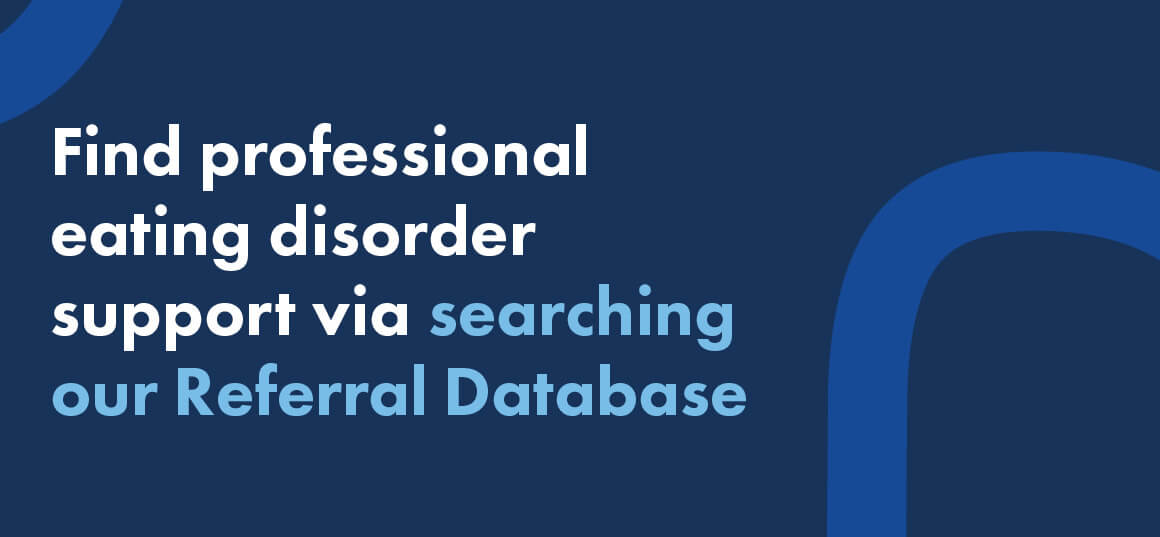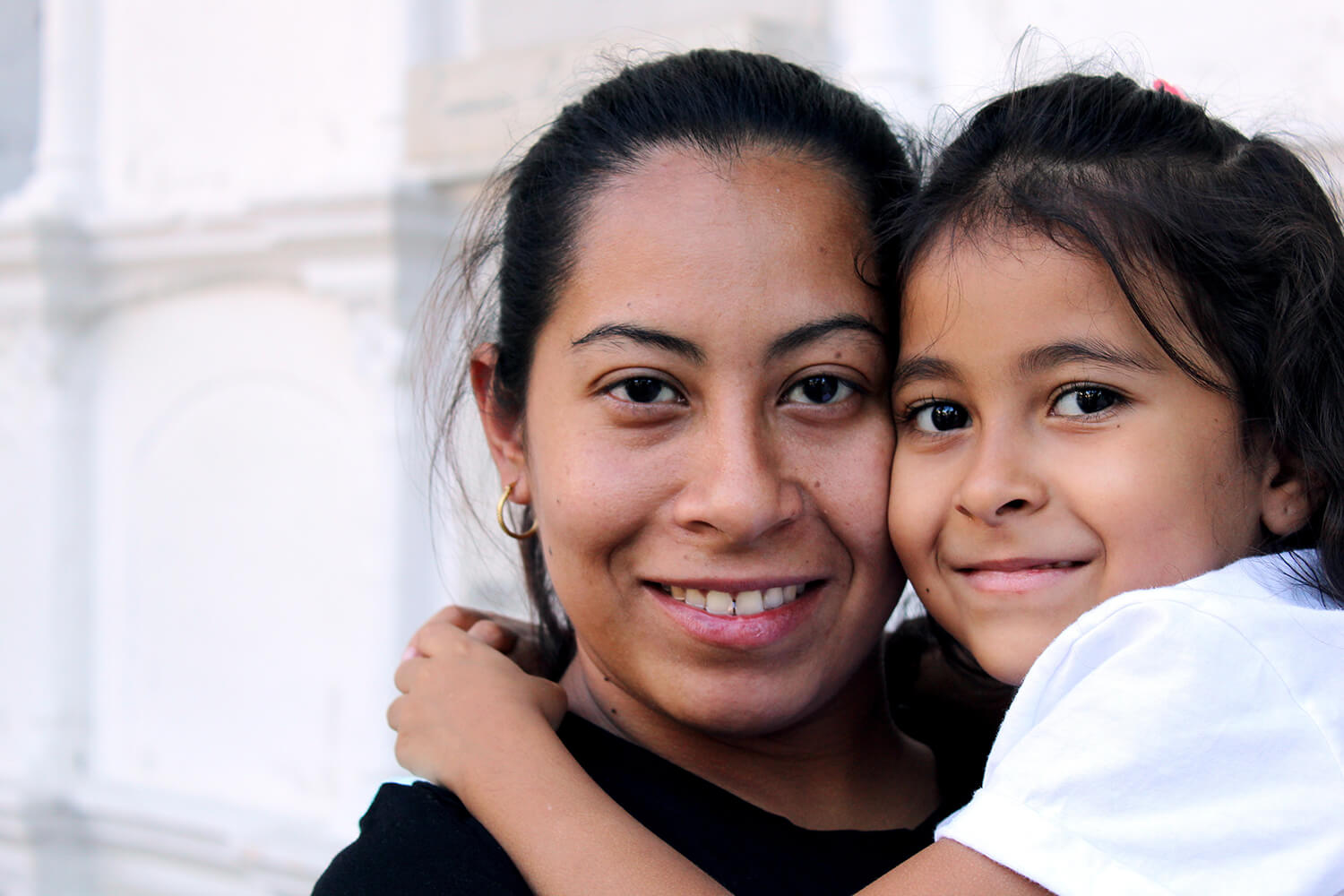Eating disorders and the ballet industry: why change needs to occur
The ballet industry thrives on structure, comparison, and perfectionism. With a focus on an ideal, thin body type, and instructors often pushing this on dancers at any cost, it can become the perfect environment for eating disorders to develop. Now, dancers and experts are calling for change.
When Amelia was eight years old, she was captivated by a behind-the-scenes visit to the Australian Ballet, mesmerized by the magic of the stage and the stories that were told through the fluid and graceful movements of the ballet dancers. Her quiet and introverted nature loved that she could be someone else on the stage, and she initially found all her insecurities melting away.
“I was no longer shy, quiet Amelia,” she says.
“The more I trained, the more I wanted to experience the feeling of success, and I loved the hard work that was involved.”
But this dedication and her perfectionist tendencies played out in an industry built on comparison, subjective judgements, and intense training schedules, where successful performance is underpinned by low body mass and leanness.
Moving to Germany at age 16 to continue her training, and eventually landing a company role at 18, Amelia says that from the outside, many people thought she was living her dream.
“I wanted them to think that too, but I knew I was struggling. I once loved being on stage, but in the final years of my career, I wanted to be anywhere else but the stage.
“I didn’t want anyone to see me – I had comments about my body from my director and the choreographers who I worked with which made me doubt everything about myself. I was taken out of ballets and told I should never wear a certain leotard because it made me look ‘big’”, she recalls.
“Most of the time I felt as though I wanted to rip my skin off – I didn’t want to be me. I didn’t want to look at myself in the mirror, but I couldn’t stop picking myself apart.”
Obsessively exercising and restricting her intake to meet the intense pressures of the industry, Amelia had developed an eating disorder. But despite no longer being able to focus in class due to a lack of energy, instead of her directors and peers expressing concern, they praised her for losing weight.
It’s a scenario that is, unfortunately, incredibly common in the ballet industry, says dietitian and founder of DDD Centre for Recovery, Fumi Somehara.
Formally called “Dancers Don’t Diet,” Fumi’s clinical practice helps dancers and performing artists return to a healthy relationship with nutrition and eating, specialising in dance nutrition and eating disorder recovery.
Her inspiration to start such a centre stemmed from decades in the ballet industry in both Japan and Australia, where she says body shaming was “very overt and obvious.”
“During my years of training, it wasn’t rare to hear “don’t get a full-blown eating disorder, just get a little bit of it”, she recalls.
“That was said to children and teenagers, and I saw and had a lot of teachers providing weight loss advice.
“There was also this definite sense that not having your period [because of malnutrition] was seen as lucky instead of alarming. You’d hear, ‘oh great, now you can wear a white leotard and you won’t have any issues.’”
Fumi says these are sentiments she still hears daily from her clients.
“Maybe the only thing that has changed is that the weight loss advice is now disguised as wellness, nutrition, or fitness advice – they now say, ‘just lose a little bit of weight, don’t lose too much.’”
Research also supports Fumi’s experience that teachers, choreographers, and other staff can contribute to body dissatisfaction developing among dancers. In a sample of 500 college-level dancers[1], it was found that reports of learning experiences during dance classes predicted adult disordered eating. This included “comments from teachers and peers about the benefits of dieting, social comparison between peers, conducting skinfold tests and weighing dance pupils in class, and observational learning of dieting and restriction through teacher or peer modelling” (Annus, Smith, 2009).
Amber Gibson, who started dancing when she was three, agrees, suggesting that “dance culture cultivates eating disorders” because, in her experience, “people with smaller bodies were favourited by teachers, judges and artistic faculty.”
“As I got closer to graduating ballet school, I began feeling that no matter what I did, I would never feel good enough,” she says.
“I remember constantly comparing myself to everyone in my class and having extreme body dysmorphia to the point I had no idea what I truly looked like.”
Further research[2] points to the fact that dancers must abide by expectations of high performance and critiques, spending countless hours practicing in front of mirrors, their bodies constantly scrutinised by themselves, their peers, and teachers. These factors, combined with the “sociocultural pressures for thinness inherent in the dance profession…produces the ideal social climate for the development of eating disorders” (Penniment & Egan, 2012).
This becomes even more apparent for dancers who already have personality traits that make them predisposed to developing an eating disorder.
Rachel Cutmore danced on and off for 11 years during her youth, before she would begin to realise the impact the art form was having on her mental health.
“For as long as I can remember, I’ve thrived on rigidity and structure, and a classical ballet syllabus gave me just that,” she says.
“When you’re predisposed to disordered thoughts, and then thrown into a leotard in front of a wall of mirrors for hours a day, it takes a huge mental toll.”
Research suggests that individuals with obsessive-compulsive personality traits such as perfectionism, inflexibility, rule-driven, drive-for-order and symmetry, excessive doubt and cautiousness, are more likely to develop an eating disorder. If the individual has all five of these traits, they are 35 times more likely to develop an eating disorder than those who show none of these traits.[3]
In Rachel’s experience, she found that her ballet teachers, dance academy, nutritionist and physio provided her with an “immeasurable” amount of support to help her recover from her eating disorder.
Rachel’s teachers had such an impact that she’s now hoping to spread their same positive, supportive mentality, by becoming a ballet teacher herself.
“Once qualified, I hope to have the privilege of sharing my love of dance in a healthy and kind environment, and to instil as much body positivity into the next generation of students as possible.
“It’s also driving a big part of my recovery, as I know now, I need to be healthy and take care of myself to pursue this dream, and to set the best example for my future students [like my ballet teacher did].
“I was extremely fortunate to have teachers that never made inappropriate comments in regard to my body, but the culture, and ideals of a certain body type, took over me,” she says.
Fumi highlights that this preoccupation with the “ideal dancer body” is a sentiment she sees regularly among her clients.
“One thing that a lot of dancers tell me, and that their treatment teams don’t often understand, is that, yes, there is this desire for weight loss, but that it comes from this really strict ideal that dancers are told is a requirement.
“They’re told you have to have long arms and legs, a small head, a long neck, this perfect arch in your feet, the perfect skin colour, and when the dancer comes to the understanding that they can’t change these things, they think they should try to lose weight in order to be accepted.”
Fumi further highlights that contracts and employment opportunities are commonly ended if dancers can’t meet this ideal body, or they fail to lose the weight that a director or choreographer insists is pivotal to the role.
And while Rachel felt she was supported by her individual teachers; she still says the culture around dance felt “toxic”.
“Many [other] teachers, dancers, and companies push their beliefs that there is only one ‘right’ body type for the dance world which simply isn’t true. Thinness is expected, when we should instead be celebrating a dancers’ abilities, strengths, and performance quality,” she says.
Looking after the mental health of dancers
It is difficult to quantify how many dancers have eating disorders, because, as Fumi highlights, the industry is built on an environment where body dissatisfaction is seen as the norm, and speaking up when you’re struggling is perceived as a sign of weakness or “not working hard enough”.
Fumi suggests one-way dancers can ensure they are looking after themselves is to go against this rhetoric and have the courage to alert the companies’ HR department or a coordinator about what they are experiencing.
“If you have a teacher, or a guest choreographer that tells you ‘Your body is wrong, you need to lose weight’, know that this is inappropriate, and you are allowed to speak up.”
Amelia also echoes this sentiment, saying, “all it takes is one little step of courage.”
“Having been through the journey I went on with disordered eating and body dysmorphia, and seeing how far I have come, I now have hope that whatever challenges come my way I will have the courage to take steps to help myself, to ask for help, and keep taking little steps in the direction I want to go.”
But in order to fully protect dancers’ body image and their mental health, Fumi is adamant this won’t be possible until a complete overhaul of the industry is initiated.
“There definitely needs to be more education across the whole industry and sector and an unlearning that there’s not one superior dance body that’s above all others,” she says.
“There’s only so much the individual dancer can do… for body dissatisfaction to not be an issue, the whole system needs to change, and the industry needs to be held accountable.”
Fumi also wants to see proper guidelines and polices in place to protect the dancers, such as a simple nutrition policy that communicates to dancers the importance of food as a tool to fuel and nourish the body.
Eating disorder policies should also become commonplace, so staff and teachers can recognise the symptoms of an eating disorder and know how to appropriately respond.
Representation and diversity are important, too.
“I hope that we can choose leaders who are well equipped to lead companies into the future (and not stay back in the 1900’s because it is easy) with mentally well dancers who feel supported, and dancers with a diverse range of body types who are confident in who they are as artists,” Amelia says.
“We are not just bodies on stage.”
Further resources
More information about Dance Nutrition
Dancers call for body image overhaul to protect next generation from eating disorders
Diverse Dancers Australia – An awareness initiative dedicated to the importance of intersectional diversity and inclusion in the Australian dance sector.
Signs and symptoms of eating disorders
References
[1] Annus, A. Smith, G. 2009. Learning experiences in dance class predict adult eating disturbance. European eating disorders review. 17 (1). Accessed online: https://pubmed.ncbi.nlm.nih.gov/18729131/
[2] Penniment, K. Egan, S. 2012. Perfectionism and learning experiences in dance class as risk factors for eating disorders in dancers. European Eating Disorders Review, Vol. 20. 1. Pp. 13-22. Accessed online: https://onlinelibrary.wiley.com/doi/10.1002/erv.1089
[3] https://www.nationaleatingdisorders.org/toolkit/parent-toolkit/temperament-and-personality




















